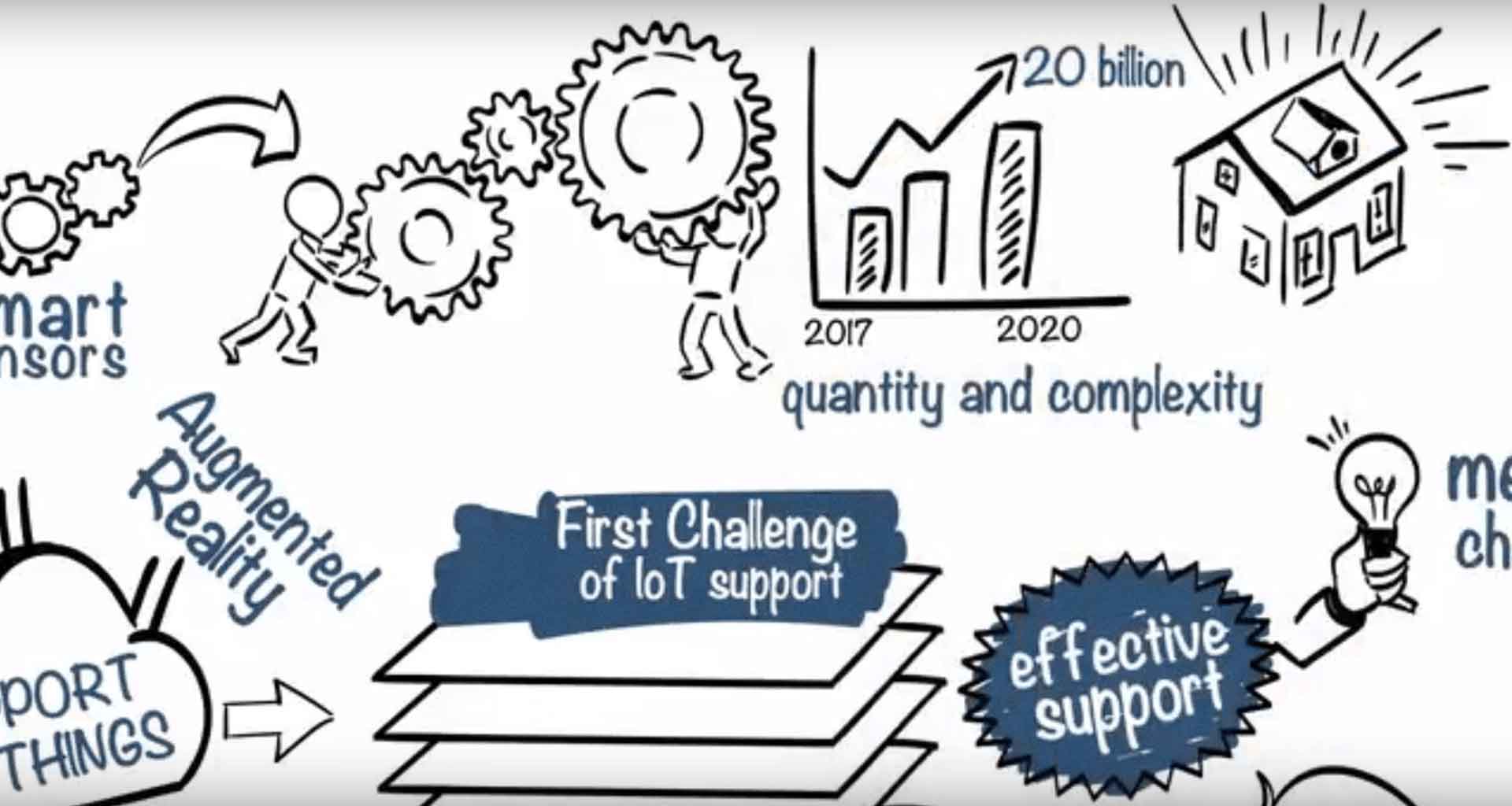Contents
Technology is evolving faster than ever. At home, at the office, on the road, and pretty much everywhere else, the ever-increasing interconnectivity of devices and services is becoming an integral part of our everyday lives. The rising number of internet devices is reforming the market, and businesses more than ever need to keep up with the effects of increased connectivity.
What is IoT?
IoT, or Internet of Things, is a system of interrelated devices that exchange information with other systems or devices through the internet. Fitness trackers, voice assistants and smart cars are just a few examples of the many IoT devices being used today.
Besides for individual use, more and more businesses are utilizing IoT technology in order to improve efficiency. For example, businesses can use IoT software to monitor their inventory more accurately thereby preventing delays and wasted stock.
In 2018, data showed there were approximately 22 billion IoT connected devices being used around the world. Looking forward, Statista expects there will be 30.9 billion connected IoT units worldwide by 2025.
More connectivity demands better IoT support services
With so many connected devices in use, manufacturers, providers, and distributors are discovering that one of their primary challenges is keeping them all running smoothly. In other words, companies need to deliver immediate, effective support at scale, and they need to do it now.
Customer expectations also require companies to update their service operations.The Internet is not only connecting devices, it’s also connecting people, uniting customers online as a force to be reckoned with. Customers around the world are exchanging information about companies: pricing, the quality of their products and services, and the experiences they’re providing through their customer service channels.
This flow of information is causing a shift in the marketplace.
Over the past few years, the market has become consumer-centric. Consumers have “anytime, anywhere” access to a vast selection of products and services in the palms of their hands; they also have instant access to all the information they need whenever they are about to make a purchase. This information puts the consumer in a position of power like never before; it also puts pressure on businesses to deliver the best products at the best prices, and the best service.
Good service is a top priority for customers
While price and quality play a significant role in the decision-making process, service is gradually catching up with these factors in importance. More and more consumers expect businesses to provide on-demand support and resolve issues anytime at any touch point. Research shows that customer experience has become a top priority for businesses, even overtaking price and product as the key brand differentiator.
It’s clear that the ability to scale support while providing a top-quality customer experience will differentiate the winners from the losers. The winners stand to gain valuable benefits. Those who fail to deliver a better customer experience, however, stand to lose a lot: based on an Accenture report, well over half of US consumers have switched service providers due to poor customer service experiences.
Facing these two massive tides reshaping the marketplace, in the next few years companies will turn to technology, looking for solutions that will help them better serve customers and provide better support for the connected devices that consumers are growing increasingly dependent on.
So, what is SoT?
Support of Things (SoT) companies deliver innovative technologies that empower businesses to face the challenges involved in managing IoT devices. IoT systems hold tremendous amounts of data that are beneficial for businesses but can be difficult to organize. SoT companies help manage IoT devices in areas such as troubleshooting, scaling support and ensuring security, which in turn help businesses run smoother.







